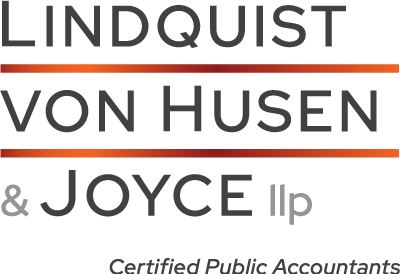
To what extent should donor-advised funds influence the mission and outcomes of not-for-profit organizations? This question is part of a larger debate about what some are calling “The New Gilded Era” of philanthropy: although levels of giving are way up, the gap between rich and poor is expanding.
In a recent article in The New Yorker, staff writer and author Elizabeth Kolbert noted that while thefederal deduction for charitable contributions was preserved, the deduction for state and local tax payments was capped.
This example may illuminate the real potential for public entities and non-defense discretionary institutions — that traditionally have relied mainly on public funding — to increase their dependency on private donors. Significantly, it may come from a variety of newly established foundations by wealthy philanthropists.
History will show the pros and cons of this new distribution of wealth. For now, here are a few questions to consider with your board as well as development and marketing staff. They may provide thoughtful discussions around the role and influence that donor-advised funds may or may not have on organizational goals and outcomes.
Is control always given fully to the organization to use funds, or is control sometimes informally ceded to a major donor to continue influencing its uses? In other words, is the fear of losing a donor influencing future programming or missions?
What should be the criteria to consider and approve use of donor-advised funds or the supporting foundation funds? Should criteria be reviewed and/or revised in light of recent donor-advised funding controversies?
Is the organization equipped with policies and language to accept or reject contributions from a larger or influential donor/foundation in the spirit of staying true to its development approach or mission?
In an effort to remain transparent with stakeholders, how should the organization communicate the sources of its funding, and also manage any fallout if a funding source is deemed to fund other causes not aligned with the organization’s mission?
These are all large and complex questions, but may be important for your organization to consider in the coming years as you strategize on development and funding opportunities. It is, of course, a financial discussion as much as an ethical one, especially if a decision is made to seek other funding sources that align better with your organizational goals.
For a better understanding of forecasting the ratio of public and private funding for your organization or methods to provide a more transparent financial narrative, talk to the advisors at LvHJ.
Sources: Nonprofit Quarterly, “The Political Quicksand of DAFs;” The New Yorker, “Gospels of Giving for the New Gilded Age”








